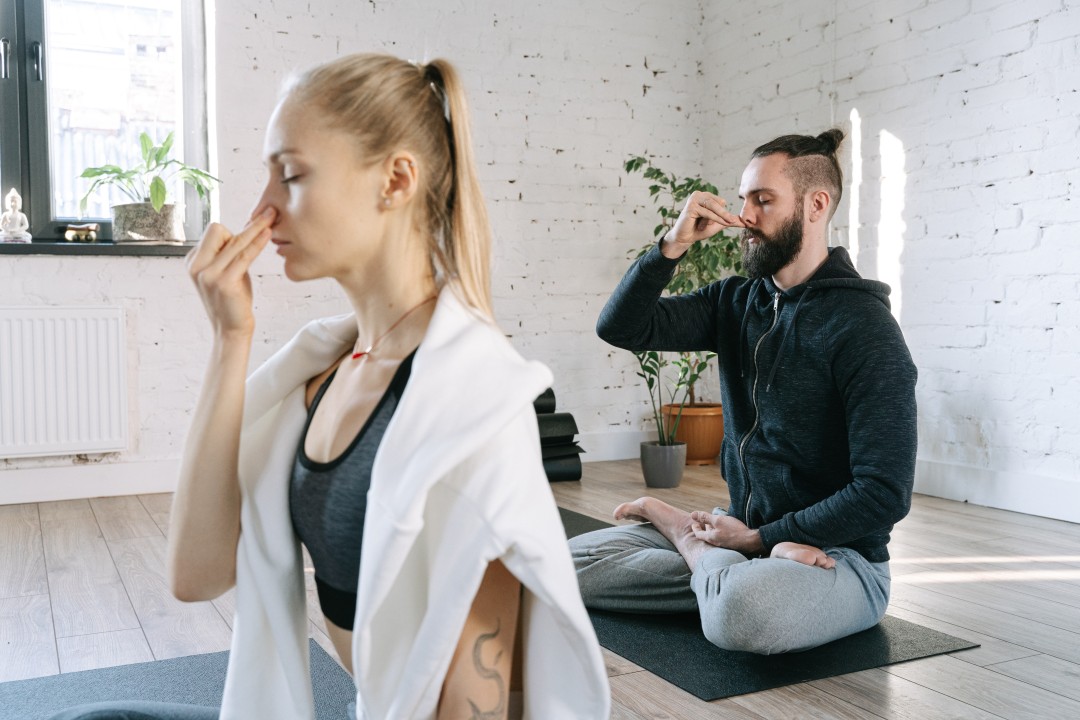In the fast-paced rhythm of modern life, finding moments of tranquility can be challenging. Mindful breathing exercises offer a simple yet powerful solution, providing a pathway to relaxation, stress reduction, and heightened mental clarity.
This article explores the significance of mindful breathing and introduces practical exercises to incorporate this transformative practice into daily life.
Understanding Mindful Breathing
Mindful breathing, rooted in ancient meditation practices, involves bringing focused attention to the breath, observing it without judgment. This intentional awareness redirects the mind from the chaos of daily thoughts, fostering a sense of calm and presence.
Deep Abdominal Breathing
Start by finding a comfortable seated or lying position. Place one hand on your chest and the other on your abdomen. Inhale deeply through your nose, allowing your abdomen to expand. Exhale slowly through your mouth, feeling your abdomen contract. Focus on the rise and fall of your breath, allowing each inhalation and exhalation to be deliberate and controlled. Repeat for several cycles, gradually deepening the breath.
4-7-8 Breathing Technique
Popularized by Dr. Andrew Weil, the 4-7-8 technique is a simple but effective mindful breathing exercise. Inhale quietly through your nose for a count of 4, hold your breath for a count of 7, and exhale audibly through your mouth for a count of 8. Repeat this cycle at least four times. This exercise helps activate the body’s relaxation response, promoting a sense of calm.
Box Breathing (Square Breathing)
Box breathing is a structured technique that involves inhaling, holding the breath, exhaling, and holding the breath again, each for a count of four. Imagine tracing the sides of a square as you move through the breath cycles. This method promotes balance and focus, making it an excellent practice for stress reduction and mental clarity.
Body Scan Breathing
Combine mindful breathing with a body scan to enhance relaxation. Start by bringing your attention to your breath. As you inhale, mentally scan your body from head to toe, noting any areas of tension.
As you exhale, release tension from each area, allowing your body to relax progressively. Repeat this process, focusing on different parts of your body with each breath.
Guided Visualization Breathing
Incorporate visualization into your mindful breathing practice by imagining a peaceful scene. As you inhale, picture yourself in a tranquil place—perhaps a beach, forest, or mountain.
Envision the sights, sounds, and sensations of this place. As you exhale, release any tension or stress. This visualization enhances the calming effects of mindful breathing.
Morning Wake-up Breathing
Start your day with a mindful breathing routine. Sit comfortably and take a few moments to center yourself. Inhale deeply, envisioning yourself breathing in positive energy and vitality.
Exhale slowly, releasing any tension or negativity. Repeat this process, setting a positive intention for the day ahead.
Conclusion
Mindful breathing exercises serve as accessible tools for cultivating a sense of calm, focus, and emotional well-being.
Integrating these practices into daily life empowers individuals to navigate challenges with resilience, reduce stress, and enhance mental clarity.
As the breath becomes an anchor to the present moment, the transformative power of mindful breathing unfolds, offering a sanctuary of peace amidst life’s hustle and bustle.

Leave feedback about this